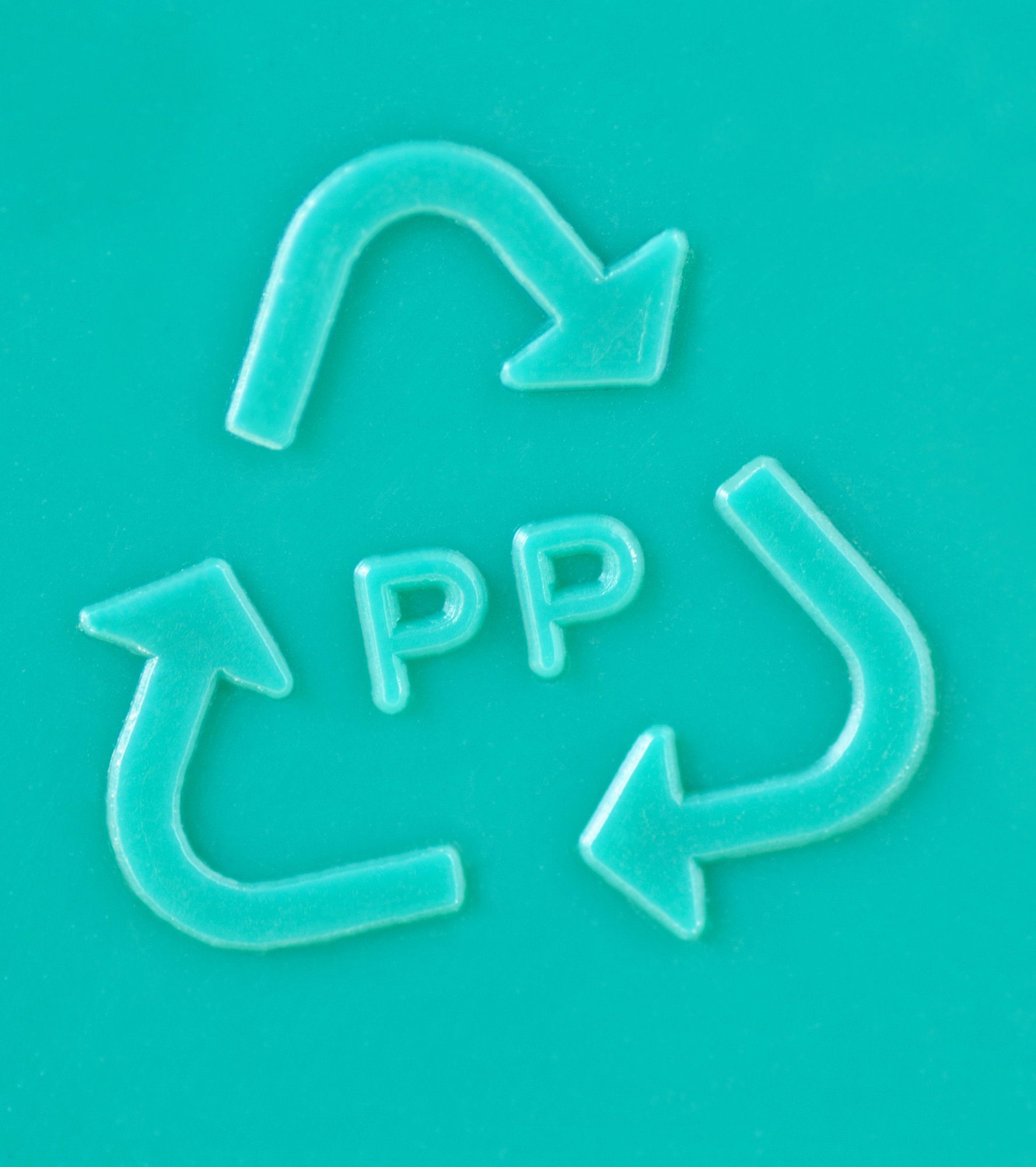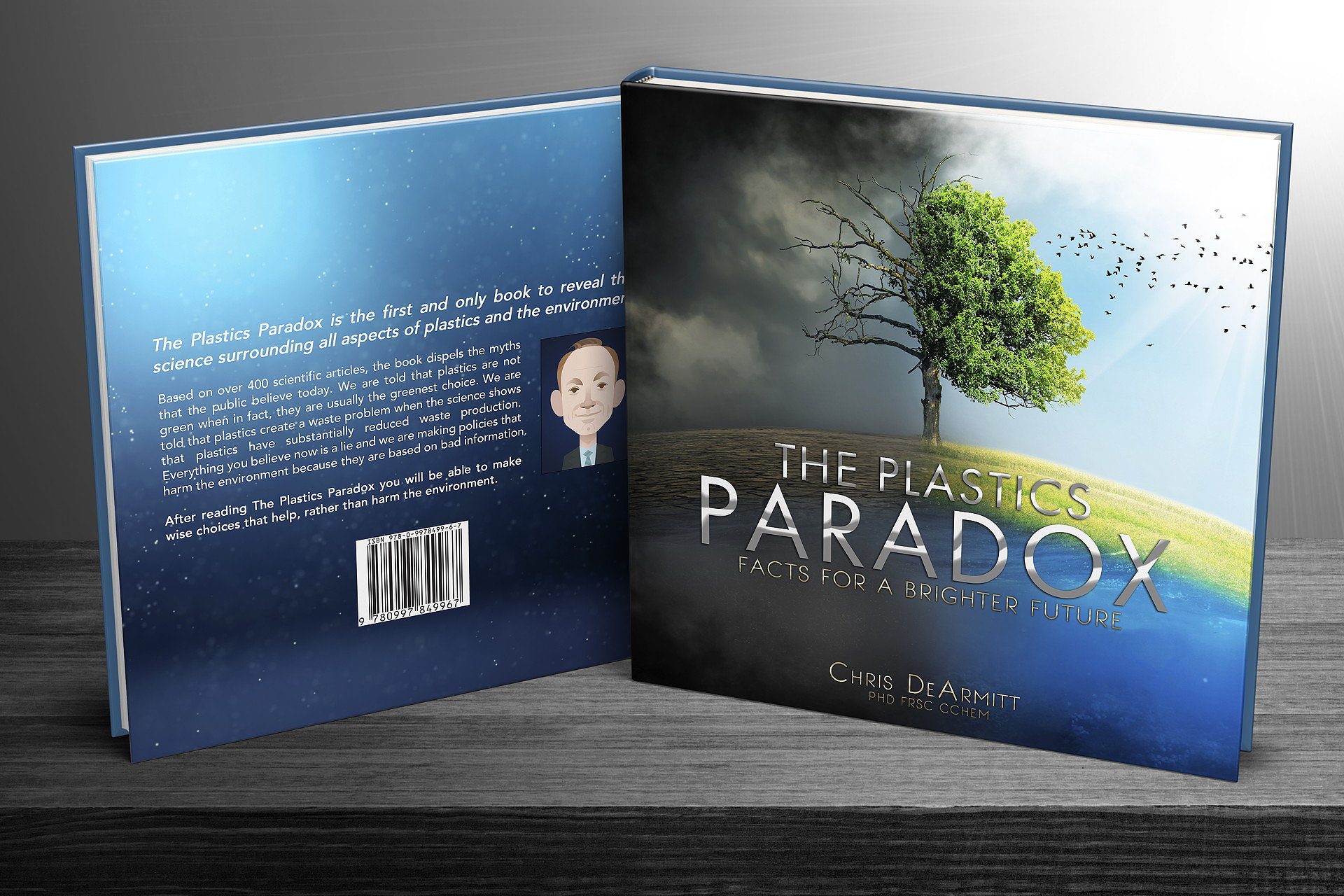PLASTICS RECYCLING FACTS AND MYTHS
EVIDENCE & PERSPECTIVE FROM A LEADING INDEPENDENT EXPERT
Discover the facts and myths about plastics recycling. Learn which plastics are recyclable, the benefits of recycling, and common misconceptions. Plastics & the Environment – get the facts from the #1 independent expert – microplastics, litter, waste, ocean plastics, degradation, LCA
Introduction
There are many attacks against plastic materials and some of the most common ones circle around plastic recycling. We are told that plastic recycling rates are too low because they are hard to recycle and that we need new technologies to solve the problem. I often see the claim that we need recycling to solve the waste and litter problems we see.
As exposed in the Plastics Paradox book, most of what we have been told about plastics and the environment is simply untrue meaning that decades of science say the opposite. So, let us examine these common assertions about plastics recycling and see what science says about them.

Plastic Recycling Myths Examined
Recycling will make plastics green
One of the most common claims is that we need to recycle plastics at a much higher rate in order for plastics to become truly green. Scores of life cycle studies spanning decades show that plastics are actually the option that causes least impact. Replacing them with alternatives like paper, cotton, metals or glass increases harm, not only in terms of greenhouse gas but also waste created, fossil fuel used and total impact across all of the several factors included in modern life cycle studies.
Some of those life cycle studies also ran scenarios assuming different recycling rates for plastics and other materials. They concluded that plastics create less impact even with low, or no recycling at all. So, it is not correct to say that we are waiting for recycling to make plastics the right choice for the environment.
Even so, it is correct to encourage recycling because recycled plastic needs far less energy and creates far less greenhouse gas than new plastic does. Typical reductions are 70-80% and that is achieved using the standard, cheap and simple method known as mechanical recycling. That entails collecting the plastic, separating, washing, shredding and remolding it into a new product.
Advanced recycling or chemical recycling are the way forward
You may have seen that there are huge, highly funded projects to create new types of recycling. These so-called advanced recycling methods such as chemical recycling or dissolving the plastic in solvent or pyrolysis where the plastic is heated and converted into oils or monomers (the building blocks of plastics). The perception is that we are waiting for advanced recycling to make plastics green, when in reality, standard mechanical recycling works just fine for about 90% of the plastic types we use such as polyethylene, polypropylene, PET, PVC and so on. These other more expensive, more complex approaches may eventually have a place in the future, but they are not the key to success. Mechanical recycling is proven to be cheap and environmentally sound, plus it uses standard machinery already installed all over the World because those machines, called extruders, are used to process new plastics too.
These more difficult forms of recycling may have a place for the minority of plastic that cannot be mechanically recycled and for plastics that have been mechanically recycled repeatedly until their mechanical properties have declined too much. Even then though, it may make more sense to simply burn the plastic to create electricity, which replaces the need to burn oil, coal or gas.
Soft plastics like LDPE cannot be recycled
How can mechanical recycling be so widely applicable when we know that soft plastics like bags cannot be recycled that way and that black or colored plastics cannot be recycled mechanically? The simple answer is that those claims about recyclability are also untrue.
Soft plastics like the low density polyethylene from grocery bags can be recycled and are recycled. One company in Germany, Papier-Mettler, has recycled over 100 000 tons a year profitably for the past several years and they are not alone, other companies have done so as well.
Soft plastic can cause jams in machines not designed to handle them, so rather than install the correct machines, many just label them as unrecyclable. More responsible companies solve the problem instead.
Black and colored plastics cannot be recycled
Black and colored plastics have also been labeled unrecyclable when, in fact, they can be recycled perfectly well. It’s just that some prefer not to have to deal with them because the resale value of colored plastic is lower. So, rather than recycle them, some companies mislead the public by calling such materials “unrecyclable”.
Many years ago, it was found that the most common black colorant, carbon black, prevented plastics from being sorted automatically because they confused the detectors. However, that problem was solved long ago by finding black colorants that do not interfere with sorting. See for example, the award-winning REC-NIR Black™ from Ampacet. I still see claims that black plastic cannot be sorted and recycled but that is not the case.
What about colored plastics? Sprite recently removed the iconic green color from their PET bottles, so now they are colorless. Why? Because there is more demand for colorless recycled plastic, so the market value is higher. That’s why colorless plastics are preferred for recycling. Both colored and uncolored are equally recyclable, but let’s talk about what recyclable really means.
What the word “recyclable” means and does not mean
The word “recyclable” is in the dictionary, it literally means “able to be recycled”.
Plastics are recyclable and they remain recyclable whether or not they actually get recycled. So-called environmental groups have launched legal battles over this. They asserted that the customer was misled by claims that the product was “recyclable” when in reality, the probability that it would be recycled was low. They lost those battles because both the dictionary and science say that they were wrong.
Whether something can be recycled is called recyclability.
Whether something is likely to be recycled in that particular locality is another concept and requires its own word, for example “recycle-likely”.
Because so many people struggle with this idea, here is an analogy.
A football is “kickable” and it remains kickable whether or not we choose to actually kick it.
The same applies to recycling.
Pyrolysis is a green way to recycle plastics
What about pyrolysis as a way to deal with used plastic? Life cycle studies on pyrolysis reveal that it does not make environmental sense. The same for other approaches like dissolving the plastic in solvents, or using enzymes to break the plastic down into new monomers. While technically feasible, these methods usually turn out to be red herrings when one considers the investments needed and the impact of the process itself. Why then are there so many headlines and projects on them? That’s because people will do whatever they can get funded to do, whether or not it actually makes sense. Some have criticized attempts at advanced recycling and they actually have a point. Spending time and money on technologies that don’t make sense only increases environmental impact.
The plastics can only be recycled one or two times myth
You may have heard that plastics can only be recycled a couple of times whereas metal and glass can be infinitely recycled, so we should pick metal and glass over plastic. Is that correct? No, it is not. In fact, plastic can be recycled many times with good properties as shown by multiple, peer-reviewed studies.
Here is a quote from a study where they put LDPE through an extruder to recycle it one hundred times. They found good properties until the fourtieth cycle and said:
“With these results on hand, it could be concluded that LDPE could be extruded for up to 40 times without significantly changing its processability and long-time mechanical properties”

As for the claim that metal and glass can be infinitely recycled, we know that no material can be recycled indefinitely because of contamination and losses during the process. Such losses are well-documented for both metals and glass.
Plastics recycling can prevent litter and pollution
We hear that increasing the recycling rate will solve the problem of “plastic pollution”. Again, science reveals the facts. It turns out that what many are calling “pollution” is actually litter. Whereas pollution is associated with companies, litter is caused by people and the solutions to that involve changing behaviour via education, deposits and fines.
Will increased recycling really help to reduce litter? While there is no evidence that people litter less when a product is recyclable, often recycling does lead to less litter indirectly. In order to increase collection rates, it is common to impose a deposit on items and that deposit does lead to a large decrease in litter. Once the product has value, due to the deposit, people do not drop it any more, or if they do, someone else will pick it up to collect the deposit. A good analogy here is plastic bank notes. They print billions of plastic bank notes every year – how many do you see in the streets, floating down rivers or on beaches? We never see them littered because although they are small and easily lost, they have value, so people take care of them.
Is plastics recycling a scam?
Lastly, some so-called environmental groups have made the accusation that recycling is a scam and that it can never work. We now know that to be false. Such groups are known to make up such stories to make people angry enough to donate – Dr. Patrick Moore, the former President of Greenpeace said so himself. As already mentioned, plastics are already the lowest impact choice, even with low or no recycling. However, there is room to improve, especially in the US where rates are much lower than those in Europe, for example. For the US to catch up requires better collection and infrastructure for sorting and recycling.
Another reason that plastics recycling rates are lower than some materials is to do with profitability. Expensive materials like platinum, palladium and gold tend to be terrible for the environment. For example, 27,000 kg of carbon dioxide are created for every 1kg of gold made. Plastics are the opposite, they have very low carbon footprint and are very cheap. Being cheap means that people litter materials like plastic and paper, so collection rates suffer. Furthermore, it is not so easy to recycle inexpensive materials profitably because margins are lower. So, far from being a conspiracy, the lower recycling rate is at least partly due to economics. The price of recycled plastic fluctuates wildly and companies can go out of business due to those swings. While plastic can and is recycled profitably, it is not trivial to make it work.

Conclusions
Like all materials and everything we do, plastics do have an impact. However, decades of life cycle studies agree that plastic is almost always the alternative that minimizes material use, greenhouse gas, fossil fuel use and total impact. Recycling works and rates are high in many countries, the USA is anomalously low and working to improve. Mechanical recycling is cheap, proven and works with existing equipment. Let’s be wise, which means picking the option that minimizes impact, then reuse and recycle it.
Science says that we can be for the environment, or against plastics, but not both at the same time. So, do you want to pay more for materials that increase impact or are you wiser than that?
Note: a version of this was published by Big Media Ltd.
About the Author
Dr. Chris DeArmitt is considered a leading independent expert on the environmental effects of plastics on the environment. He read over 4000 studies unpaid and then shared the science for free via his book The Plastics Paradox, websites, podcasts, radio and TV. He is an award-winning keynote speaker educating global audiences on plastic materials science and the environmental effects of plastics. In 2024, Dr DeArmitt launched a new keynote talk specifically to address the growing concern over microplastics. Whereas so many reports aim to frighten the public, Dr. DeArmitt is able to shine new perspective on the topic reassuring business owners, executives, staff and customers alike by showing that microplastics are not new, unknown and dangerous. In contrast, hundreds of studies spanning decades show them to not pose any threat.
In 2018, Chris was featured on CBS’s 60 Minutes with Scott Pelley as an expert witness in a class-action lawsuit related to Marlex mesh plastic implants. He helped thousands of women get settlements. Later television appearances include Sky News and the BBC as well as assorted radio and internet media interviews.
In 2020, Dr. DeArmitt published The Plastics Paradox, the first comprehensive, scientific overview of plastics materials and the environment covering all topics including waste, litter, microplastics, degradation, ocean plastics and more.
Chris has a multitude of granted patents as well as numerous articles, book chapters, encyclopedia chapters, and conference presentations to his name.
“you can be for the environment, or against plastics, but not both”.
Some reviews for the Plastics Paradox…
“…the most important tome on plastic sustainability of our lifetime! A masterpiece and important book for all to read.”
“Pure Accuracy from a Real Expert!”
“…cites studies, scientific articles and research to dispel truly dangerous misinformation that we have all been force-fed for decades.”
“An excellent book that everyone should read.”

Dr. Chris DeArmitt is a renowned independent scientist with decades of experience solving tough technical challenges for some of the world’s leading companies. He is a Fellow of the Royal Society of Chemistry and Fellow of the Institute of Materials, Minerals and Mining. He is also a Chartered Chemist with a long list of publications, presentations and patents to his name. His review of over 4000 studies around plastics and the environment was performed unpaid to preserve impartiality. He then shared the findings for free via The Plastics Paradox book, websites, podcasts, radio and television. After some years, Dr. DeArmitt is now considered perhaps the leading expert on plastics and the environment and is a keynote speaker educating audiences globally.
Income 2024 : ~ 60% NAICS 424690 Chemicals, ~30% NAICS 423990 Durable Goods, ~10% NAICS 541110 Legal, ~0% NAICS 325211 Plastics Composition varies over time



